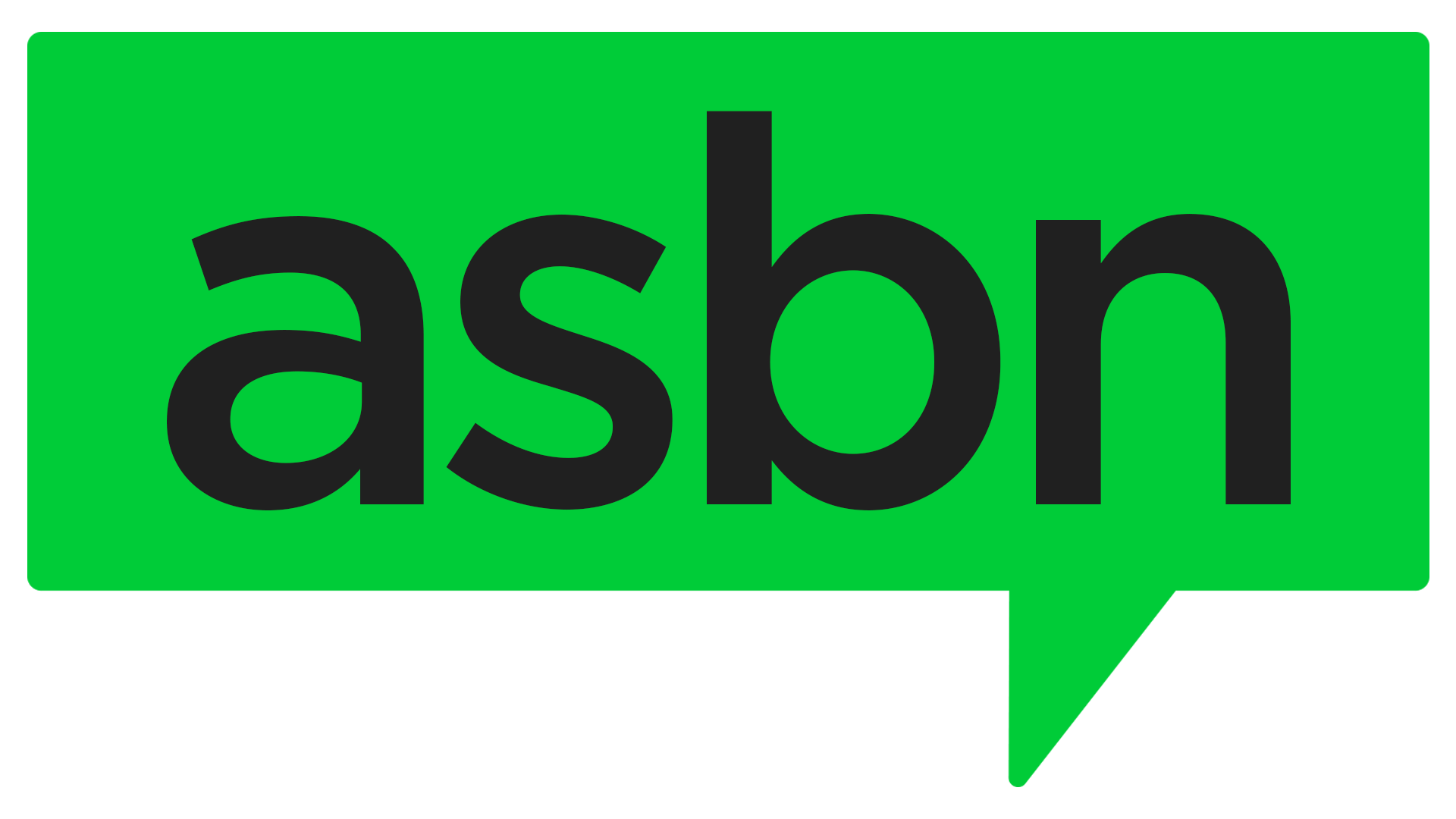Inflation rose 2.7% year-over-year in June, marking a notable surge of 2.4% from May, when President Trump’s tariff policies took effect. However, it’s still below January’s 3% rate when he first took office.
Trump took to social media to celebrate the win, proclaiming that inflation is “Very Low,” and calling on the Federal Reserve to cut interest rates by at least three percentage points.
The White House echoed this sentiment, stating that the rate of price increases shows inflation is “on the right track” and touted the administration’s economic policies as stabilizing forces despite earlier warnings from economists. Core inflation, which excludes volatile food and energy prices, has consistently met or outperformed economists’ expectations since Trump returned to office.
Despite the overall easing of inflation, prices remain higher than the Fed’s target of 2%. Price increases may accelerate under Trump’s fluctuating tariff policies and as businesses pass the burden on to consumers. For small businesses that rely on imported goods, rising tariffs could result in higher input costs and narrower profit margins. Companies may face difficult choices between absorbing those costs or raising prices, both of which could impact customer retention and competitiveness.
Despite the optimism from the White House, the Fed remains cautious and has held interest rates steady for the entirety of 2025. The Fed is closely monitoring inflation, and its preferred measurement, the Personal Consumption Expenditures Index, is expected to rise to 3% by year’s end, up from 2.1% in early 2025, due to the impact of tariffs.
Amid growing tensions between the White House and the central bank, Treasury Secretary Scott Bessent, during a CNBC interview on Monday, called for a review of the Federal Reserve. While it’s unclear who would conduct such a review, the goal is to examine the Fed’s overall function and evaluate its effectiveness.



 ASBN, from startup to success, we are your go-to resource for small business news, expert advice, information, and event coverage.
ASBN, from startup to success, we are your go-to resource for small business news, expert advice, information, and event coverage.